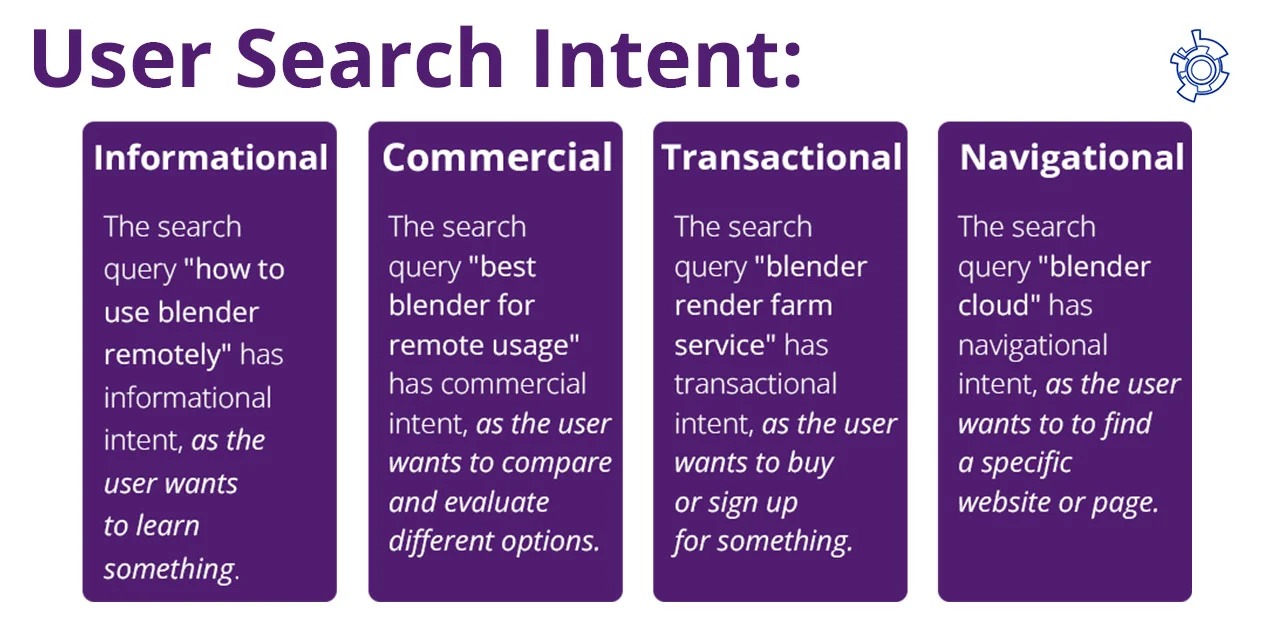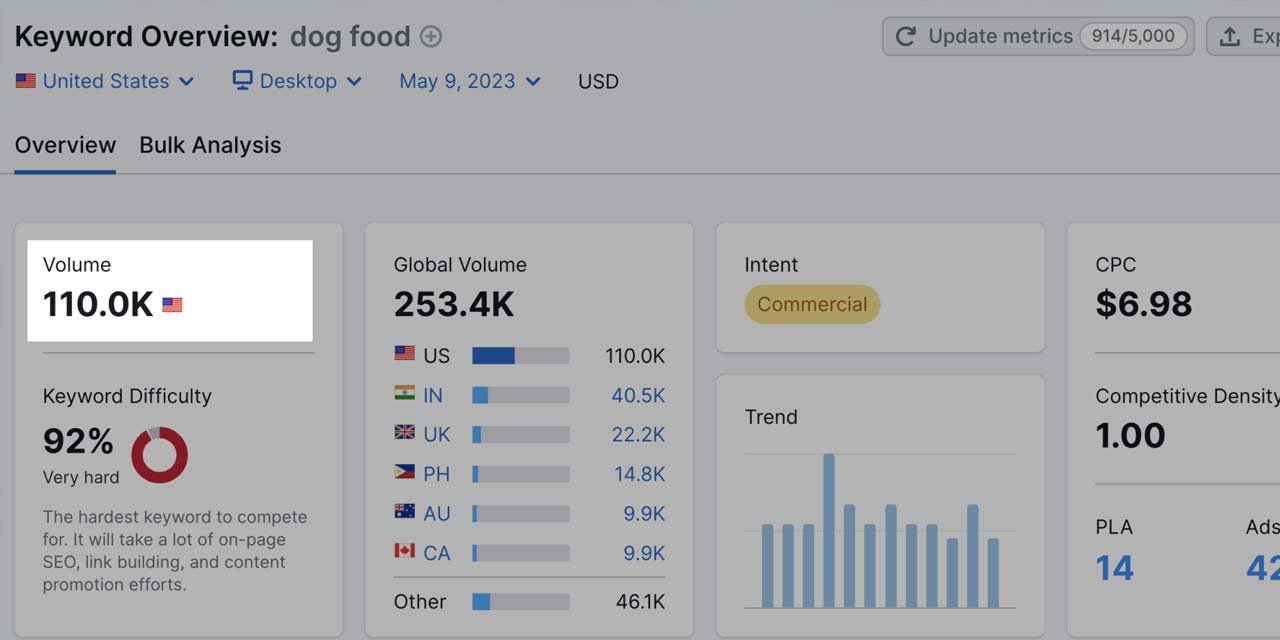Keywords are the words and phrases that people use to search for information online. They are also the words and phrases that you want your content to rank for in search engines.
Keywords are essential for SEO (search engine optimization), as they help you attract relevant and qualified traffic to your website.

But how do you find and analyze the best keywords for your content? How do you know which keywords are worth targeting and which ones are too competitive or irrelevant? How do you optimize your content for the keywords that you have chosen?
In this blog post, we will answer these questions and more. We will show you how to identify and analyze keyword opportunities for your content, using various tools and techniques. We will also give you some tips and best practices for keyword research and content optimization.
By the end of this post, you will have a clear and actionable plan for finding and using the best keywords for your content.
What are Keyword Opportunities and Why are They Important?
Keyword opportunities are the potential keywords that you can target with your content to achieve your goals. These goals can be different depending on your content type, audience, and purpose.
For example, you may want to:
- Increase your brand awareness and visibility.
- Generate more leads and conversions.
- Educate and inform your audience.
- Entertain and engage your audience.
- Solve a problem or answer a question.
- Build trust and authority etc.

Keyword opportunities are important because they help you align your content with the needs and interests of your audience. They also help you reach your audience at different stages of their buyer journey, from awareness to decision. By targeting the right keywords, you can:
- Increase your organic traffic and rankings.
- Improve your click-through rate and reduce bounce rate.
- Boost your user experience and satisfaction.
- Enhance your content relevance and quality.
- Grow your online presence and reputation etc.
How to Identify Keyword Opportunities for Your Content
The first step in finding and analyzing keyword opportunities is to identify them. This means brainstorming and researching the possible keywords that your audience may use to find your content.
There are many ways to do this, but here are some of the most common and effective methods:
Use your own Knowledge and Expertise
Think about what your content is about, what value it provides, and what questions it answers. Then, come up with some keywords that reflect these aspects.
For example, if your content is about how to use Blender remotely, some keywords could be: “blender remote usage”, “how to use Blender remotely”, “remote blender tutorial”, etc.
Use Keyword Research Tools

Many tools can help you generate and discover keyword ideas, such as Google Keyword Planner, SEMrush, Ahrefs, Moz, etc.
These tools can show you the search volume, difficulty, and trends of different keywords, as well as related keywords, questions, and suggestions.
For example, using these tools like Ahrefs & SEMrush, you can see that the keyword “blender remote usage” has a low search volume and competition, while the keyword “how to use blender remotely” has a medium search volume and competition. You can also see some related keywords, such as “blender cloud”, “blender online”, “blender render farm”, etc.
Use Competitor Analysis
Another way to find keyword opportunities is to analyze what your competitors are ranking for and how they are optimizing their content. You can use tools like SEMrush, Ahrefs, Moz, etc. to see the keywords, traffic, and backlinks of your competitors’ websites and pages.
For example, using SEMrush, you can see that one of your competitors is ranking for the keyword “how to use blender remotely” and has a high traffic and authority score. You can also see the title, meta description, and URL of their page, as well as the backlinks and social shares that they have received.
Use Social Media and Forums
Another source of keyword opportunities is social media and forums, where you can see what your audience is talking about, asking, and sharing.
You can use platforms like Twitter, Facebook, Reddit, Quora, Mastodon, etc. to see the trending topics, popular posts, and common questions related to your content.

For example, using Reddit, you can see that there is a subreddit called r/blender, where people discuss and share their blender projects, tips, and issues.
You can also see some questions and comments that mention “blender remote usage”, such as “How do I use blender remotely on my laptop?”, “I’m looking for a blender render farm service”, “Blender cloud is awesome”, etc.
How to Analyze Keyword Opportunities for Your Content
The second step in finding and analyzing keyword opportunities is to analyze them. This means evaluating and comparing the different keywords that you have identified, and selecting the ones that are most suitable and profitable for your content.
There are many factors that you need to consider when analyzing keyword opportunities, but here are some of the most important ones:
User Search Intent

Search intent is the goal or purpose behind a search query. It tells you what the user is looking for and expecting to find. There are four main types of search intent: informational, navigational, transactional, and commercial.
For example,
- The search query “how to use blender remotely” has an informational intent, as the user wants to learn something.
- The search query “blender cloud” has a navigational intent, as the user wants to find a specific website or page.
- The search query “blender render farm service” has a transactional intent, as the user wants to buy or sign up for something.
- The search query “best blender for remote usage” has a commercial intent, as the user wants to compare and evaluate different options.
When analyzing keyword opportunities, you need to match your content with the search intent of the keywords. You need to provide the information, solution, or action that the user is looking for, and meet their expectations and needs.
Search Volume
Search volume is the number of times a keyword is searched for in a given period of time. It tells you how popular and in-demand a keyword is. Generally, the higher the search volume, the more traffic and exposure you can get from a keyword.

However, high search volume also means high competition and difficulty, as more websites and pages are targeting the same keyword.
Therefore, when analyzing keyword opportunities, you need to balance the search volume with the competition and difficulty of the keywords.
Note: You need to find the keywords that have enough search volume to generate traffic, but not too much to make it hard to rank for.
Competition and Difficulty
Competition and difficulty are the measures of how hard it is to rank for a keyword. They depend on various factors, Such as:
- The number and quality of the websites and pages that are targeting the same keyword.
- The authority and relevance of these websites and pages. The backlinks and social signals that they have.
- The optimization and user experience that they provide, etc.
Generally, the higher the competition and difficulty, the harder it is to rank for a keyword. However, high competition and difficulty also mean high value and potential, as more websites and pages are competing for the same keyword.
Therefore, when analyzing keyword opportunities, you need to assess the competition and difficulty of the keywords, and compare them with your own website and page. You need to find the keywords that you have a realistic chance of ranking for, but not too easy to make it irrelevant or low-quality.
Relevance and Quality
Relevance and quality are the measures of how well a keyword matches your content and your audience. They depend on various factors, such as the topic, purpose, and value of your content, the needs, interests, and preferences of your audience, the search intent, volume, and trends of the keywords, etc.
Generally, the higher the relevance and quality, the better the keyword is for your content. However, relevance and quality are not always easy to quantify and measure, as they are subjective and contextual.
Therefore, when analyzing keyword opportunities, you need to use your own judgment and expertise, and test and experiment with different keywords.
Note: You need to find the keywords that are most relevant and high-quality for your content and your audience.
How to Optimize Your Content for the Keywords that You Have Chosen
The third and final step in finding and analyzing keyword opportunities is to optimize your content for the keywords that you have chosen. This means using and incorporating the keywords in your content in a natural and strategic way, to improve your rankings and performance in search engines.
There are many ways to optimize your content for keywords, but here are some of the most common and effective ones:
Use the Keywords in your Title and Headings
The title and headings of your content are the most important and visible elements of your content, as they tell the user and the search engine what your content is about. Therefore, you need to use your keywords in your title and headings, to make them clear and catchy.

For example, if your keyword is “how to use blender remotely”, you can use a title like “How to Use Blender Remotely: A Complete Guide” or “How to Use Blender Remotely in 5 Easy Steps”.
You can also use your keywords in your subheadings, to break down your content into sections and topics.
For example, you can use subheadings like “What is Blender Remote Usage?”, “Why Use Blender Remotely?”, “How to Set Up Blender Remote Usage?”, etc.
Use the Keywords in your URL and Meta Description
The URL and meta description of your content are the elements that appear in the search results, as they show the user and the search engine the link and the summary of your content. Therefore, you need to use your keywords in your URL and meta description, to make them relevant and attractive.
For example, if your keyword is “how to use blender remotely”, you can use a URL like “https://www.example.com/how-to-use-blender-remotely” or “https://www.example.com/blender-remote-usage-guide”.
You can also use a meta description like “Learn how to use Blender remotely in this guide. We will show you how to set up, access, and control Blender from anywhere, using various tools and methods.” or “Find out how to create and render amazing 3D models and animations from anywhere, using Blender cloud, remote desktop, and render farm services.”
Note: Always keep your meta description between 140-160 characters.
Use the Keywords in your Content Body and Images
The content body and images of your content are the elements that deliver the information, solution, or action that the user is looking for. Therefore, you need to use your keywords in your content body and images, to make them informative and engaging.
For example, if your keyword is “how to use blender remotely”, you can use it in your introduction, conclusion, and throughout your content body, to explain and demonstrate the process and benefits of using Blender remotely. You can also use it in your image file names, alt texts, and captions, to describe and illustrate the examples and screenshots of using Blender remotely.
Use the Keywords in your Internal and External Links
The internal and external links of your content are the elements that connect your content with other relevant and authoritative sources of information. Therefore, you need to use your keywords in your internal and external links, to make them useful and credible.
For example, if your keyword is “how to use blender remotely”, you can use it in your anchor texts and URLs of your internal links, to direct the user to other pages on your website that are related to using Blender remotely.
You can also use it in your anchor texts and URLs of your external links, to refer the user to other websites that are reputable and trustworthy sources of information on using Blender remotely.
Conclusion
Finding and analyzing keyword opportunities is a crucial and challenging task for any content creator. It requires a lot of research, evaluation, and optimization, as well as a good understanding of your content, your audience, and your goals. However, by following the steps and tips that we have shared in this blog post, you can make this task easier and more effective. You can identify and analyze the best keywords for your content, using various tools and techniques, and optimize your content for the keywords that you have chosen, using various methods and best practices. By doing so, you can improve your SEO performance and achieve your content goals.
We hope that this blog post has helped you learn how to find and analyze keyword opportunities for your content. If you have any questions, comments, or feedback, please feel free to leave them below. We would love to hear from you and help you with your content creation journey. Thank you for reading and happy keyword hunting! 🙌








